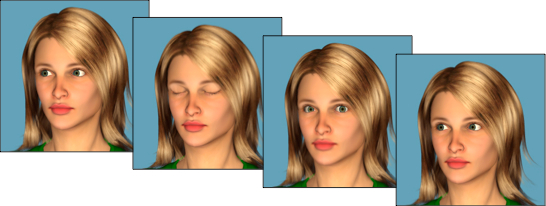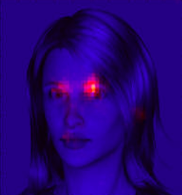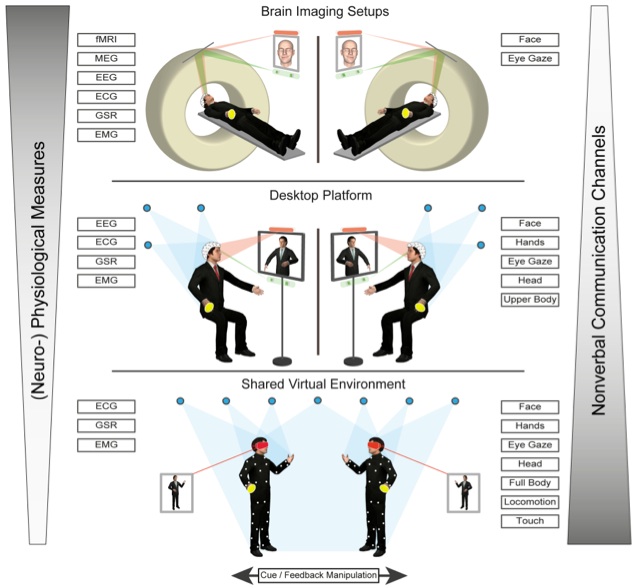At King's College London, I am part of the BSc Psychology Team, the Technology Enhanced Learning team, The Virtual Reality team and I run my own lab.
In terms of modules on the BSc Psychology, I lead 4PAHI2PS (Introduction to Psychology), co-lead 4PAHPISP (Inspirational Research) and 6PAHPRES (Final Year Research Projects) and teach on 5PAHPPSY (Psychological Skills).
My research to date has focused on studying social cognition and its neural correlates in typical individuals and autism spectrum disorder. In particular, during my PhD, I investigated the processing of dynamic nonverbal cues and its underlying mechanisms in the context of social interactions, with a focus on two main areas:
In terms of modules on the BSc Psychology, I lead 4PAHI2PS (Introduction to Psychology), co-lead 4PAHPISP (Inspirational Research) and 6PAHPRES (Final Year Research Projects) and teach on 5PAHPPSY (Psychological Skills).
My research to date has focused on studying social cognition and its neural correlates in typical individuals and autism spectrum disorder. In particular, during my PhD, I investigated the processing of dynamic nonverbal cues and its underlying mechanisms in the context of social interactions, with a focus on two main areas:
- Eye Gaze: I am interested in how people process subtle dynamic social gaze cues including timing factors. In this respect, I have investigated both typically developed and high-functioning individuals using animated virtual characters, behavioral, eye-tracking and fMRI measures.
- Individual Kinesics & Dyadic Contingencies: I am interested in the processing of kinematic aspects of individual and dyadic movements, specifically, in patterns of social coordination during nonverbal social interaction. I have investigated these aspects using virtual characters, motion capture, animation, behavioral and fMRI measures.
To complement my research on the perception of behavior, for my postdoctoral work, I have become interested in the production side of nonverbal behavior, in particular the timing cues of dyadic social interaction and rhythmic interpersonal coordination.
RESEARCH EXAMPLES:
|
Social Gaze
Kuzmanovic et al., 2009; Georgescu et al., 2013; Pfeiffer et al., 2014; Georgescu et al., in prep |






